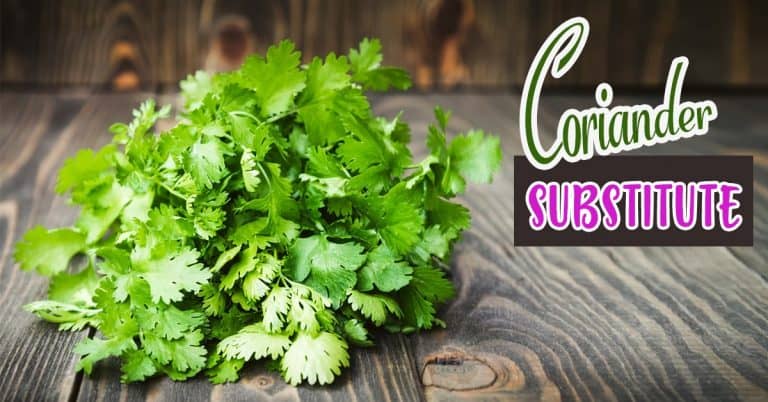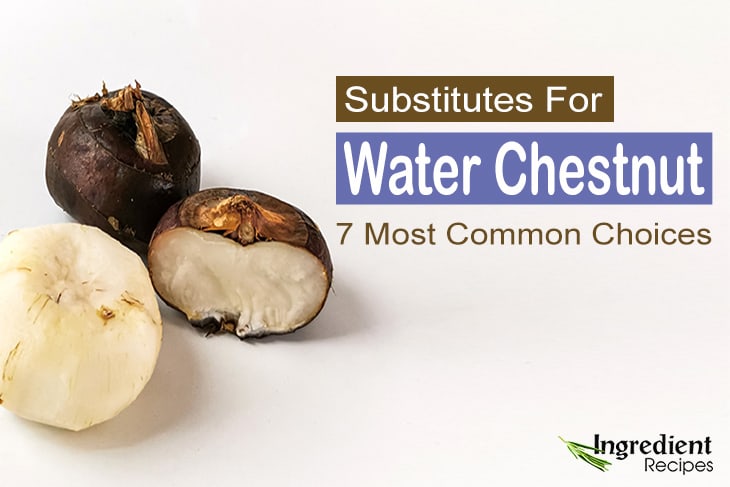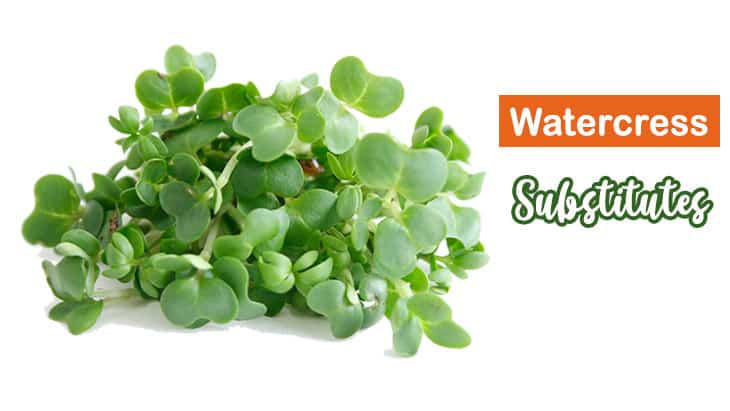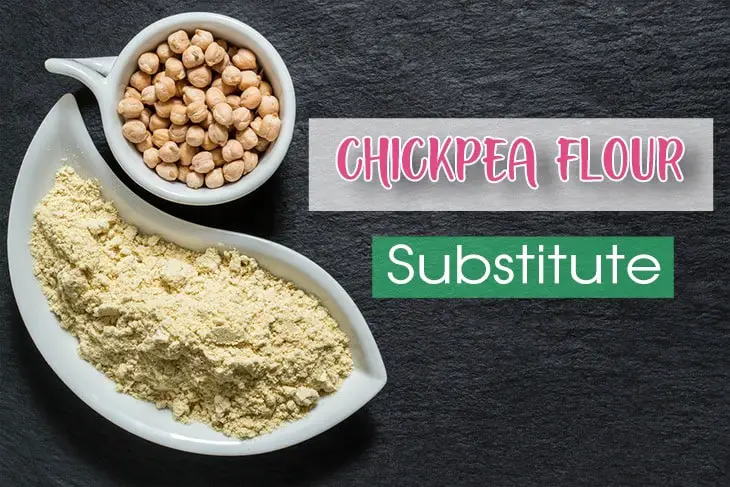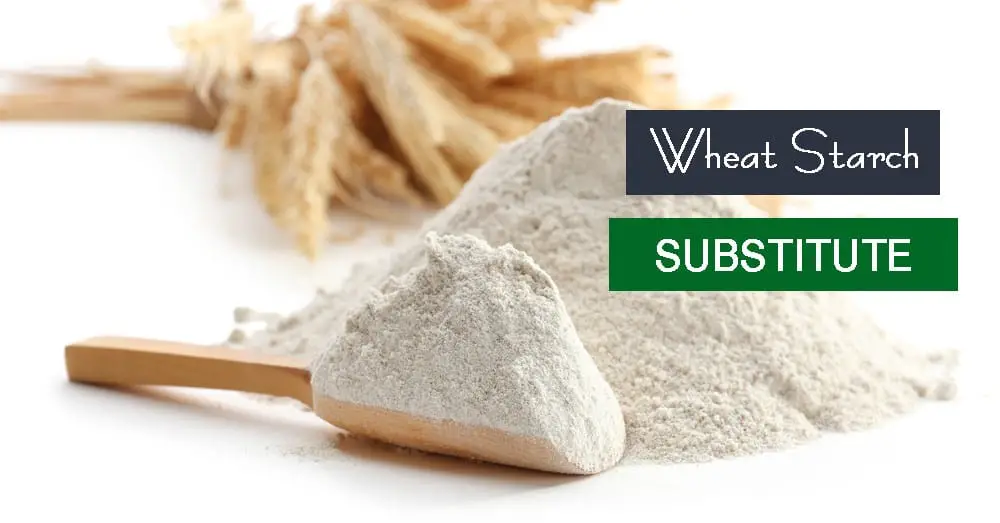
As a big fan of cooking and baking, indeed, flours are no longer strange to you, right? Our article will refer to a particular type of wheat starch, another kind of wheat flour. This easy-to-find ingredient is easy to apply to countless daily dishes such as soup, cake, bread, etc.
We can not deny the significant role of wheat starch in creating delicacies. However, sometimes when you cook, you cannot find wheat starch on your kitchen shelves or have problems using them. That is when wheat starch substitutes come into play. Let’s read through this blog post for more information about wheat starch replacements.
Must-known Facts About Wheat Starch
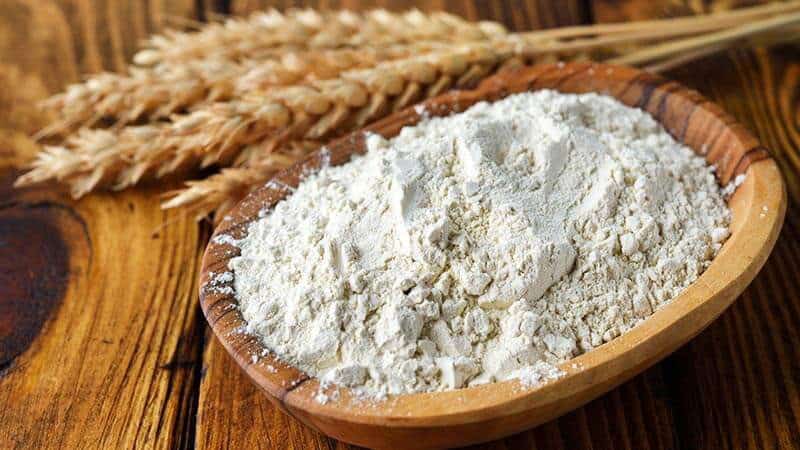
For those who do not know about this type of flour, each grain of wheat contains three components: an endosperm (includes the protein and starch), the germ (contains protein, fat, and vitamins), and the bran (has fiber).
Regarding wheat starch, this flour uses only the endosperm to make starch. That is the reason why this flour is different from White Flour or Brown Flour. It is pure white and does not contain fragrance, used to create certain textures, stabilize, or substitute for fat.
Wheat starch is now becoming popular in many countries worldwide, especially New Zealand, Australia, and European Countries. Some dishes made from wheat starch are cakes, bread, various types of noodles, etc.
The popularity of wheat starch has risen rapidly in recent years, thanks to the gluten-free foods trend. In fact, the gluten content in wheat starch is low and almost nonexistent, which is suitable for those who have a gluten-free diet.
So, if you are pursuing a healthy diet with no gluten, wheat starch is a critical ingredient in some dishes. But in the worst scenario, when your kitchen is out of wheat starch, what should you do? Let’s find out which is the most effective wheat starch substitute from the list below now!
9 Best Wheat Starch Substitutes For Your Dishes
1. Corn Starch
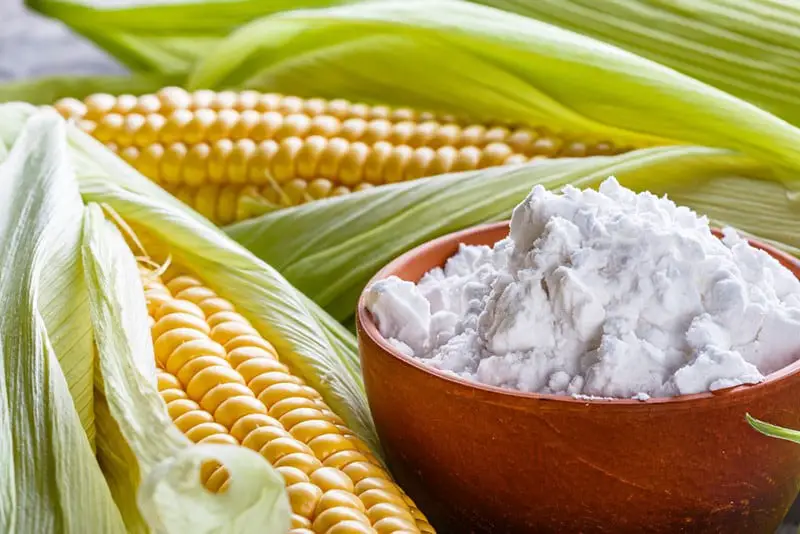
Cornstarch is a popular flour to substitute for wheat starch. They have many similarities with wheat starch in the way they are made and used. People produce corn starch from natural corn, separating the emulsion and gluten.
This is one of the healthiest wheat starch alternatives because you cannot find any gluten in cornstarch, which is a great plus for all your healthy meals. Corn starch is also the best choice for those who are allergic to this ingredient, especially people with Celiac disease. What’s more, it is highly recommended to use corn starch every day due to its various nutritional benefits.
A benefit that corn starch brings is its absorbing moisture ability. If you are making a cake or have a cup of thick soup for your meal, this excellent dough will help you enjoy it. Besides, because of its strong ability to absorb moisture, corn starch is used as eggs in various dishes.
As mentioned, we can use corn starch like wheat starch. You put the flour in a bowl, add the water, beat well, and continue to add water until it becomes the version you want. Corn starch is also used for all kinds of cakes. Examples are tarts, pies, waffles, cakes, and other desserts.
2. Potato Starch

An easy-to-find and also versatile substitute for wheat starch is Potato Starch. Unlike the process of separating emulsions and gluten like the above flour, this powder is produced from the liquid flowing from potatoes. First, people grind the potatoes, then dry and continue honing. After that, we have potato starch like we are using.
Of course, potato starch is also a non-gluten flour, suitable for healthy and balanced diets. Yet, in potatoes, there is a higher content of fat and carbohydrates than other flour. So if you are worried about heavyweight, you should keep controlling the energy that Potato Starch provides will be necessary.
Although it is a popular ingredient when making deep-fried dishes, there is still a downside that Potato Starch will lose its benefits because of high temperature. They even break down if you process it in the wrong way.
Soups, sauces, and pie fillings are indispensable for Potato Starch. And you should remember that you also can use Potato Starch to replace wheat starch at a ratio of 1:1.
3. Tapioca Starch
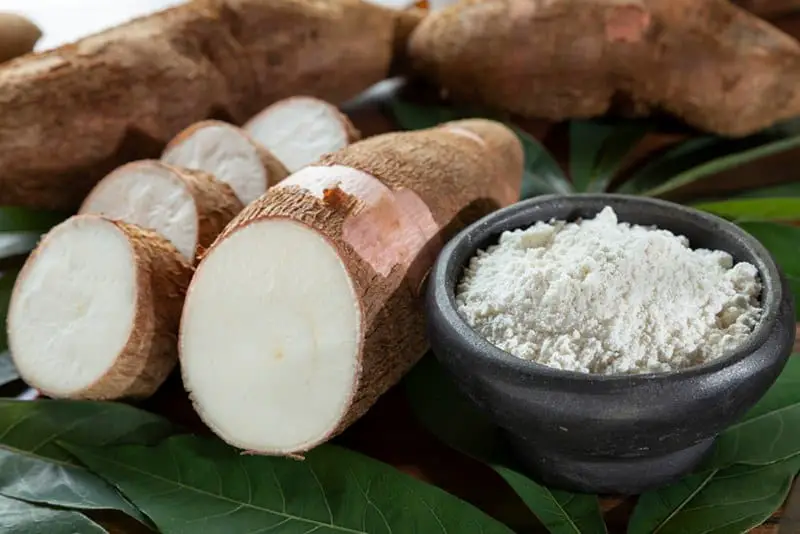
You may already know a vegetable called cassava, which belongs to the same spicy variety as potato and can be found everywhere in the world. Like the wheat starch substitute above, this flour is easy to use, universal, and gluten-free.
As same as Potato Starch, the process of making this starch also encompasses: grinding to make a starch-rich liquid, evaporate until dry, and finally continue to grind to form refined tapioca starch.
There are few nutrients found in this flour, such as protein or vitamins, but they have the highest amount of carbs in the mentioned starches. In addition, tapioca starch contains a dangerous amount of cyanide if you buy a starch product with poor quality or unknown origin.
People often use tapioca starch as an ingredient to increase the shine of the dish. This flour cannot make an adequate thickness as Potato Starch. Yet, they have a plus point that they do not transform under high temperatures for a long time.
To use tapioca starch as a replacement for wheat starch, you can use a 1:2 ratio of wheat starch equivalent to two amounts of tapioca starch.
4. Xanthan Gum
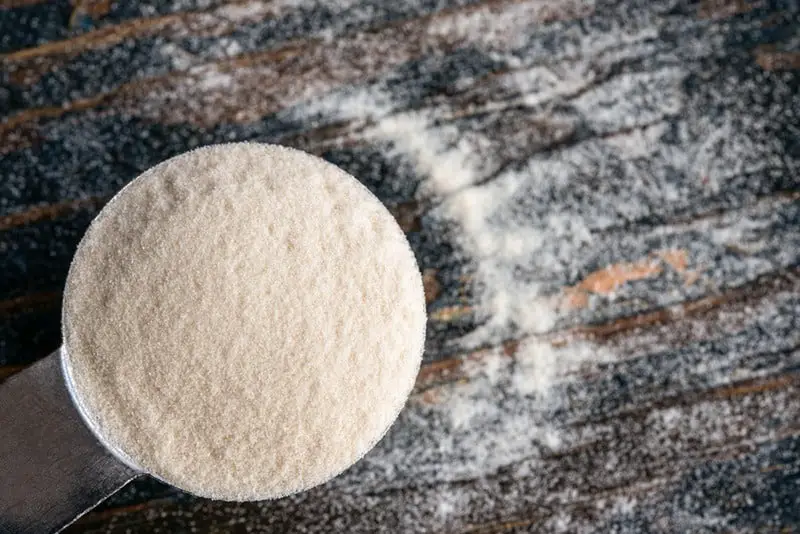
One more superior alternative is Xanthan Gum. Xanthan Gum did not use to be a popular ingredient like today. It was only used in ready-made products or restaurants. However, due to the emergence of the no-gluten trend, this product soon became commercialized. You can find them in almost every convenience store or major supermarket.
Why is this alternative so unique? As we know, Xanthan Gum has a gel texture and is made from the bacterium plant. People often use them in cakes to create variety and deliciousness. To use this product as a wheat starch substitute, you can use a 1:1 ratio. Or, to have a safe recipe, you can add it step by step until you find it perfect.
Although Xanthan Gum is gluten-free, nutritionists do not suggest that we take this starch every day. Especially for people with poor digestion, Xanthan Gum may not be suitable.
5. Guar Gum
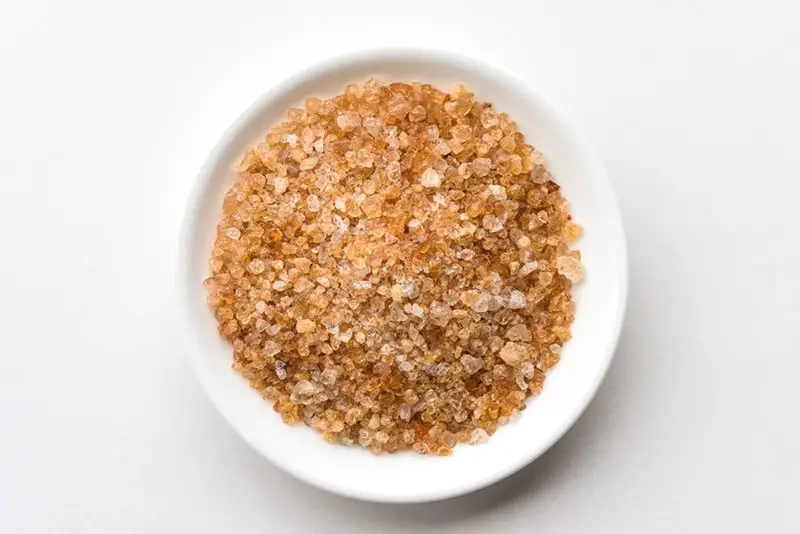
Guar Gum is also a vegetable gum along with Xanthan Gum, but its origin is from a type of bean called Guar. This is an excellent thickener and a popular wheat starch substitute in Asian and European countries. The process of creating Guar Gum consists of getting the endosperm, drying, and grinding it into a fine powder, quite like wheat starch.
There are many advantages of Guar Gum compared to Xanthan Gum. First, using Guar Gum is a cost-effective way of food processing and reducing the cost of dishes. In addition, Guar Gum is a healthy and gluten-free ingredient that everyone can use every day. They also do not negatively affect your health like Xanthan Gum if you misuse it.
Guar Gum does not contain as many calories as other starches, especially fatty ones. This is because the highest nutrient it brings is soluble fiber. So those who are on a diet should take account of Guar Gum for their Starch selection.
You do not need to do anything before using this starch substitute. The only thing you need to pay attention to is the dosage when adding it to the recipe. If you need to substitute for wheat starch, the correct ratio is 1:8. Or, to be more precise, you need to add one step at a time until you get it right. Guar Gum is also an ingredient in most cakes, especially baked goods.
6. Psyllium Husk Powder

Psyllium Husk Powder is a less familiar material. You may never have expected to hear this particular name as they are only available in some regions of the world.
Psyllium Husk Powder is a type of starch that does not contain much fat, carbohydrates, and energy. Instead, it contains as much fiber as Guar Gum. Therefore, they can be a good wheat starch alternative when you are looking for something with low calories.
One thing to note is that you need to be careful about your stomach when using Psyllium Husk Powder. Doctors often give warnings to people with poor digestion or a history of stomach problems. This type of starch will only be an excellent choice for people with a disease-free stomach.
Psyllium Husk Powder is relatively easy to use. Furthermore, it can thicken fast so that it will be effective in case of surprises.
7. Ground Flaxseed
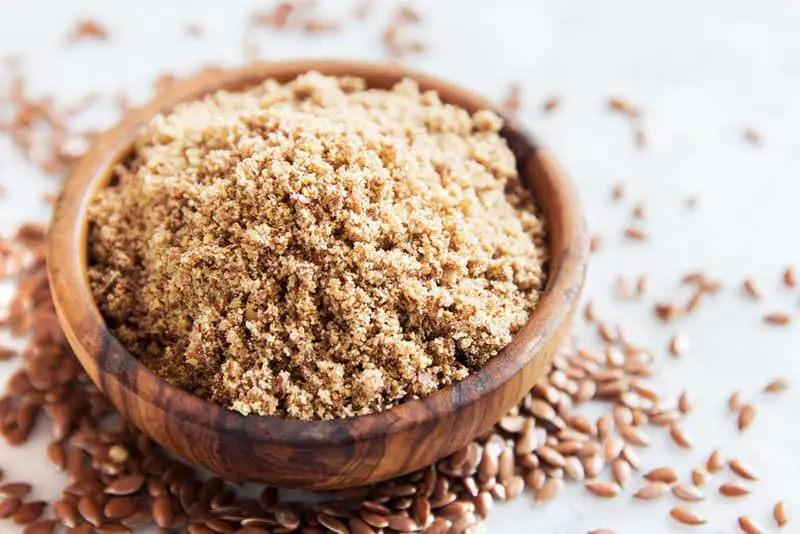
Ground Flaxseed is an excellent product that can act as a wheat starch alternative. It is versatile and so convenient, which can be easy to apply to your dishes. Although people often use Ground Flaxseed for thickening like other starches, Ground Flaxseed is more prevalent in making smooth soups.
This product is milled from linseeds. As it has high fiber content, Ground Flaxseed provides many other valuable nutrients beneficial for health. It is proven to be a great choice for a healthy and balanced diet.
Ground Flaxseed has many useful roles, such as improving the digestive system, preventing constipation, reducing cholesterol, and helping you have a healthy heart.
There is only one simple step to use Ground Flaxseed in place of wheat starch. You can mix 1/2 scoop of Ground Flaxseed with two tablespoons of water. About the ratio, one tablespoon of Ground Flaxseed equals one tablespoon of wheat starch.
8. Arrowroot Powder
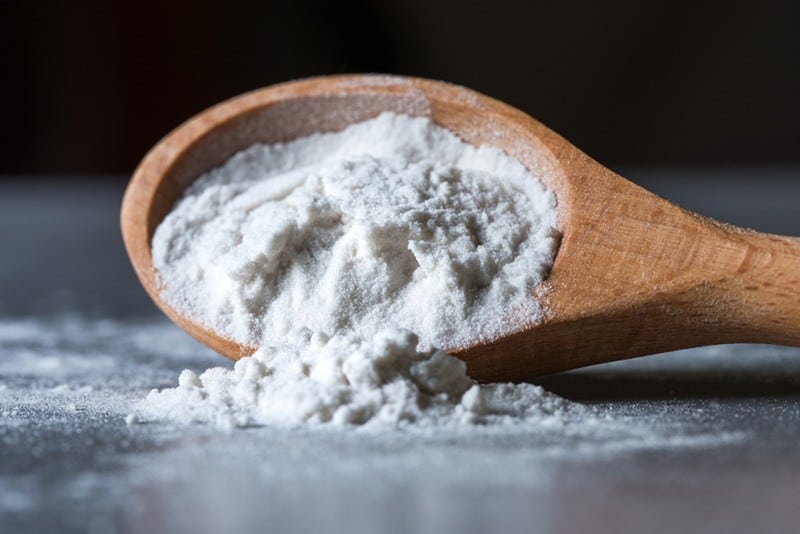
Arrowroot Powder is a fibrous starch. Its origin comes from arrowroot plants, which can be found in tropical areas.
As a starch produced from tubers such as potatoes, people create Arrowroot Powder through the following stages. It includes grinding Arrowroot with starch, drying starch, and finally grinding into powder. This type of starch substitute is also beneficial for people’s health, stimulates immune cells while boosting the metabolism system.
People appreciate Arrowroot Powder thanks to the beauty they create for the dish. Your dishes are sure to be shiny, smooth, and chewy. To make it perfect, you are better off replacing the wheat starch in a 1:1 ratio.
9. Rice Starch
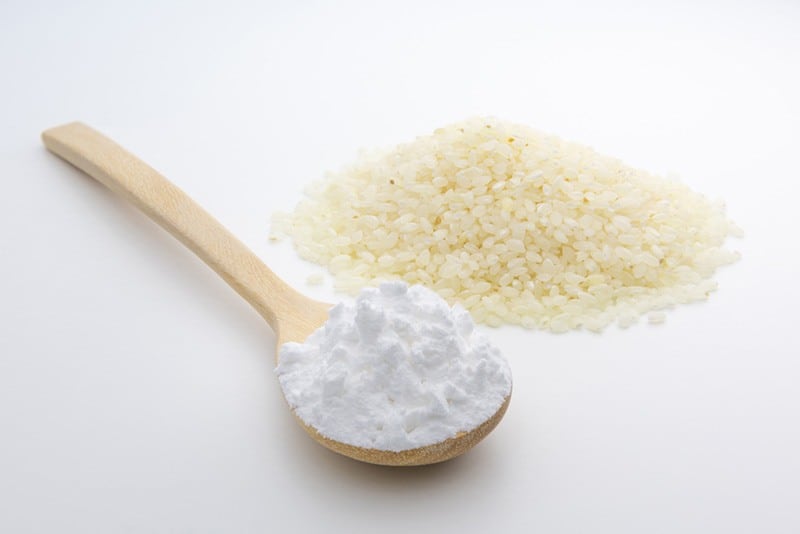
Rice starch is a popular flour substitute for sure. People use it as a main ingredient in cakes like flour, a secondary ingredient in soups and thick dishes. The production of this product is only going through the process of grinding, so there is no gluten in Rice Starch.
When using, people often treat Rice Starch with water to make it easy to thicken. However, each recipe for each dish using rice flour is different. Thus the ratio of Rice Starch depends on the food you are cooking. Or typically, you can follow the 1:3 ratio; one tablespoon of rice starch corresponds to three tablespoons of wheat starch.
Frequently Asked Questions
Wheat Starch and Wheat Flour: What are the differences?
| Wheat Starch | Wheat Flour | |
| Extraction Method | Milling, wet processing, evaporation | Grinding, milling |
| Protein Content | Nearly zero | High |
| Gluten | Nearly zero | From low to high |
| Cost | Higher Cost | Cheaper cost |
| Suitable Recipes | Airy bread and dough | All kinds of cakes, pastry, sauce, and soup |
How Long Can You Keep Wheat Starch?
If wheat starch is well-preserved (stored in a sealed and airtight container, away from mold or insects), it can last for a couple of years. However, reading the packages carefully to know the shelf life and storage info is necessary.
Conclusion
In conclusion, there are ten wheat starch substitutes with different characteristics and applications. I hope that you can find some which are entirely suitable for your favorites from the list above.
If you have any questions, do not hesitate to comment in the section below! Wish you have an enjoyable meal
Related Posts:
- Top 10 Best Substitute For Potato Flour That You Can Find Anywhere!
- What are The Best Chickpea Flour Substitutes and How to Use Them?

